Each of the 18 primary mirror segments have 7 actuators: 6 at the corners and a radius of curvature (ROC) actuator. The secondary mirror has no ROC. The commands to move the mirrors come from an onboard Java Script engine, which is preloaded with visit files from ground. The movements for the mirrors are determined by a wavefront sensing subsystem and mirror control subsystem. The commands to move the mirrors are part of visit file to perform science and collect images. The visit files will issue commands to slew the telescope to the desired location, perform instrument configuration, wait for the telescope to settle from its move, and then perform science based on activity scripts. Images are stored on data recorder and downlinked via DSN during daily contacts via Ka band.Each of the mirrors can be moved with incredibly fine precision, with adjustments as small as 10 nanometers (or about 1/10,000th of the width of a human hair)
The gold is only a few layers of atoms thick. It is on some space age material that flexes at these temps.
Colleges
- American Athletic
- Atlantic Coast
- Big 12
- Big East
- Big Ten
- Colonial
- Conference USA
- Independents (FBS)
- Junior College
- Mountain West
- Northeast
- Pac-12
- Patriot League
- Pioneer League
- Southeastern
- Sun Belt
- Army
- Charlotte
- East Carolina
- Florida Atlantic
- Memphis
- Navy
- North Texas
- Rice
- South Florida
- Temple
- Tulane
- Tulsa
- UAB
- UTSA
- Boston College
- California
- Clemson
- Duke
- Florida State
- Georgia Tech
- Louisville
- Miami (FL)
- North Carolina
- North Carolina State
- Pittsburgh
- Southern Methodist
- Stanford
- Syracuse
- Virginia
- Virginia Tech
- Wake Forest
- Arizona
- Arizona State
- Baylor
- Brigham Young
- Cincinnati
- Colorado
- Houston
- Iowa State
- Kansas
- Kansas State
- Oklahoma State
- TCU
- Texas Tech
- UCF
- Utah
- West Virginia
- Illinois
- Indiana
- Iowa
- Maryland
- Michigan
- Michigan State
- Minnesota
- Nebraska
- Northwestern
- Ohio State
- Oregon
- Penn State
- Purdue
- Rutgers
- UCLA
- USC
- Washington
- Wisconsin
High Schools
- Illinois HS Sports
- Indiana HS Sports
- Iowa HS Sports
- Kansas HS Sports
- Michigan HS Sports
- Minnesota HS Sports
- Missouri HS Sports
- Nebraska HS Sports
- Oklahoma HS Sports
- Texas HS Hoops
- Texas HS Sports
- Wisconsin HS Sports
- Cincinnati HS Sports
- Delaware
- Maryland HS Sports
- New Jersey HS Hoops
- New Jersey HS Sports
- NYC HS Hoops
- Ohio HS Sports
- Pennsylvania HS Sports
- Virginia HS Sports
- West Virginia HS Sports
ADVERTISEMENT
You are using an out of date browser. It may not display this or other websites correctly.
You should upgrade or use an alternative browser.
You should upgrade or use an alternative browser.
James Webb Space Telescope updated Jan 13, 2024….😱 Video of discoveries far and near!🧨
- Thread starter The Spin Meister
- Start date
According to Galaxy Quest, it’s clear Beryllium is vitally important as part of a propulsion system. Obviously very flexible in its utility to be a mirror too.The amount of gold is 40 grams. The mirrors are made of beryllium.
(not to take away from the sheer coolness of this entire thread. 😎)
Actually gold has a somewhat high melting point, depending on your definition of high temperature. Gold melts at 1,064 C which is 1,948 F. It is also possible to drive that up a bit if you alloy the gold with other elements.Out of curiosity how pliable is gold at -340 degrees? We all know gold has a low melting point but does it remain flexible at that low of temps. How much curvature adjustment is needed. Are we talking millimeters or centimeters, something less?
I hate it when that happensin about 10,000 years a near encounter with Venus will pull it out of its L4 orbit
The JWST fired its rocket motor for 297 seconds two hours ago (2PM) placing it in its final orbit around the L2 LaGrange point! This is the final major action necessary for beginning observations. However we need patience as there will be three months or so of fine focusing its mirrors, activating its instruments, and adjusting to the deep space environment.
Great news!The JWST fired its rocket motor for 297 seconds two hours ago (2PM) placing it in its final orbit around the L2 LaGrange point! This is the final major action necessary for beginning observations. However we need patience as there will be three months or so of fine focusing its mirrors, activating its instruments, and adjusting to the deep space environment.
And thanks for the thread @The Spin Meister !
Entertaining and educational -- worth a couple of course credits!
Looking forward to your next post in 3 months. Thanks for all you've done in keeping this out front for all of us to see.The JWST fired its rocket motor for 297 seconds two hours ago (2PM) placing it in its final orbit around the L2 LaGrange point! This is the final major action necessary for beginning observations. However we need patience as there will be three months or so of fine focusing its mirrors, activating its instruments, and adjusting to the deep space environment.
I really liked this post ^^^^, even though it gave me an acute attack of MEGO (Mine Eyes Glaze Over) Syndrome.Fascinating thread. Thanks. Pitching in as a "Subject Matter Expert", with a degree in Astronautical Engineering from MIT, two advanced degrees in System Engineering (GWU), and 46.5 years in the space business, with the last 15 or so architecting new NASA space science missions.
The Sun-Earth L1, L2, and L3 Lagrange points are not stable. Explicitly, a massy body at L1, L2, or L3 is in unstable equilibrium. Any force exerted on it moves it away, and it will not return. This means that one cannot simply travel to Sun-Earth L1, L2, or L3, as one would simply drift away over time. The easiest, least expensive (in propellent) alternative is to orbit about Sun-Earth L1, L2, or L3. Past Sun-Earth L1 missions have used one of two types of orbits: halo or Lissajous. The former orbit type is further away from the Lagrange point. The latter orbit type is closer. JWST will use a halo orbit about the Sun-Earth L2 point, as it has lower propellent costs than a Lissajous orbit.
To be complete, massy bodies at Sun-Earth L4 and L5 are in stable equilibrium. A massy body at either of those points is in stable equilibrium. A force (up to a point) acting on the body will not cause it to move away.
I'll leave the mathematical derivation of the unstable equilibrium of the Sun-Earth L1, L2, and L3 points (and the stabile equilibrium of the Sun-Earth L4 and L5 points) to Dr. Urshell, when he choses to chime in on this thread.
Dear LafayetteBear;I really liked this post ^^^^, even though it gave me an acute attack of MEGO (Mine Eyes Glaze Over) Syndrome.
Thanks.
Now you know exactly how my wife feels, when I start to expound on something technical. Her eyes do just "glaze over".
William
Have mercy!Am I the only one who gets the ZZ Top song "LaGrange" stuck in his head whenever reading this thread? It'll be there all day long, too.
They had a press conference in the afternoon with some interesting stuff. Origionally, the JWST has estimated to have enough fuel for a minimum of five years and perhaps ten years. But the Arian rocket did such a good job only minor course corrections were needed and they now estimate a far longer lifespan, perhaps more than twenty years.
So now everyone is waiting for the first pictures. While calibrating the mirrors they will take photos of a single star and use that to focus the mirrors. These initial shots will be very blurry and will have many spots as the mirrrors aren’t aligned.....sort of like a pattern of eighteen shotgun pellets. They have not said if they will release any of these but I would guess they will release a couple before and after shots to show what they had to do.
But the real debate is what will the first real photos be of? A black hole? A quasar? The very distant galaxy? Perhaps an exoplanet. No one knows. Don’t know if they have even decided yet. Only know it will be exciting.
So what would you like the first scientific photos be of?
So now everyone is waiting for the first pictures. While calibrating the mirrors they will take photos of a single star and use that to focus the mirrors. These initial shots will be very blurry and will have many spots as the mirrrors aren’t aligned.....sort of like a pattern of eighteen shotgun pellets. They have not said if they will release any of these but I would guess they will release a couple before and after shots to show what they had to do.
But the real debate is what will the first real photos be of? A black hole? A quasar? The very distant galaxy? Perhaps an exoplanet. No one knows. Don’t know if they have even decided yet. Only know it will be exciting.
So what would you like the first scientific photos be of?
Last edited:
Not the overall purpose of the mission but I'd like to see what Earth looks like from Webb's vantage point.But the real debate is what will the first real photos be of? A black hole? A quasar? The very distant galaxy? Perhaps an exoplanet. No one knows. Don’t know if they have even decided yet. Only know it will be exciting.
So what would you like the first scientific photos be of?
Saturn and it's rings or the Kuiper BeltThey has a press conference in the afternoon with some interesting stuff. Origionally, the JWST has estimated to have enough fuel for a minimum of five years and perhaps ten years. But the Arian rocket did such a good job only minor course corrections were needed and they now estimate a far longer lifespan, perhaps more than twenty years.
So now everyone is waiting for the first pictures. While calibrating the mirrors they will take photos of a single star and use that to focus the mirrors. These initial shots will be very blurry and will have many spots as the mirrrors aren’t aligned.....sort of like a pattern of eighteen shotgun pellets. They have not said if they will release any of these but I would guess they will release a couple before and after shots to show what they had to do.
But the real debate is what will the first real photos be of? A black hole? A quasar? The very distant galaxy? Perhaps an exoplanet. No one knows. Don’t know if they have even decided yet. Only know it will be exciting.
So what would you like the first scientific photos be of?
It’s insane to even think about where to begin to look. My vote would be black hole, peering in center of our universe (we find a black hole there), and quasar.They has a press conference in the afternoon with some interesting stuff. Origionally, the JWST has estimated to have enough fuel for a minimum of five years and perhaps ten years. But the Arian rocket did such a good job only minor course corrections were needed and they now estimate a far longer lifespan, perhaps more than twenty years.
So now everyone is waiting for the first pictures. While calibrating the mirrors they will take photos of a single star and use that to focus the mirrors. These initial shots will be very blurry and will have many spots as the mirrrors aren’t aligned.....sort of like a pattern of eighteen shotgun pellets. They have not said if they will release any of these but I would guess they will release a couple before and after shots to show what they had to do.
But the real debate is what will the first real photos be of? A black hole? A quasar? The very distant galaxy? Perhaps an exoplanet. No one knows. Don’t know if they have even decided yet. Only know it will be exciting.
So what would you like the first scientific photos be of?
Sure hope it’s pass/fail!Great news!
And thanks for the thread @The Spin Meister !
Entertaining and educational -- worth a couple of course credits!
Edit They are allowing the JWST to cool down slowly. Even have heat tapes so it doesn’t cool too rapidly. And a couple instruments cannot even be turned on until a certain temp is reached so it is a slow process.
Last edited:
All instruments have been activated and are working properly. They will need calibrated which will take a few months. And as the JWST continues to cool they will require further adjustments. Same with focusing the mirror.
They have announced they will be using a star near the Big Dipper to focus the mirrors labeled HD 84406. Said they will release some of the early photos and report on all functions ‘the good, the bad, and the ugly’. First photos could be a star with an accretion disk or a star with a ‘mega earth exoplanet’.
They also have released a list of first science operations called Cycle One. As they learn more about the JWST functions and study results of first science, then they will take submissions for Cycle Two.
In the link are earth based photos of the JWST in its current location taken as the sun is reflected by the sun shields. Article also has links to the list of proposed studies for Cycle One.
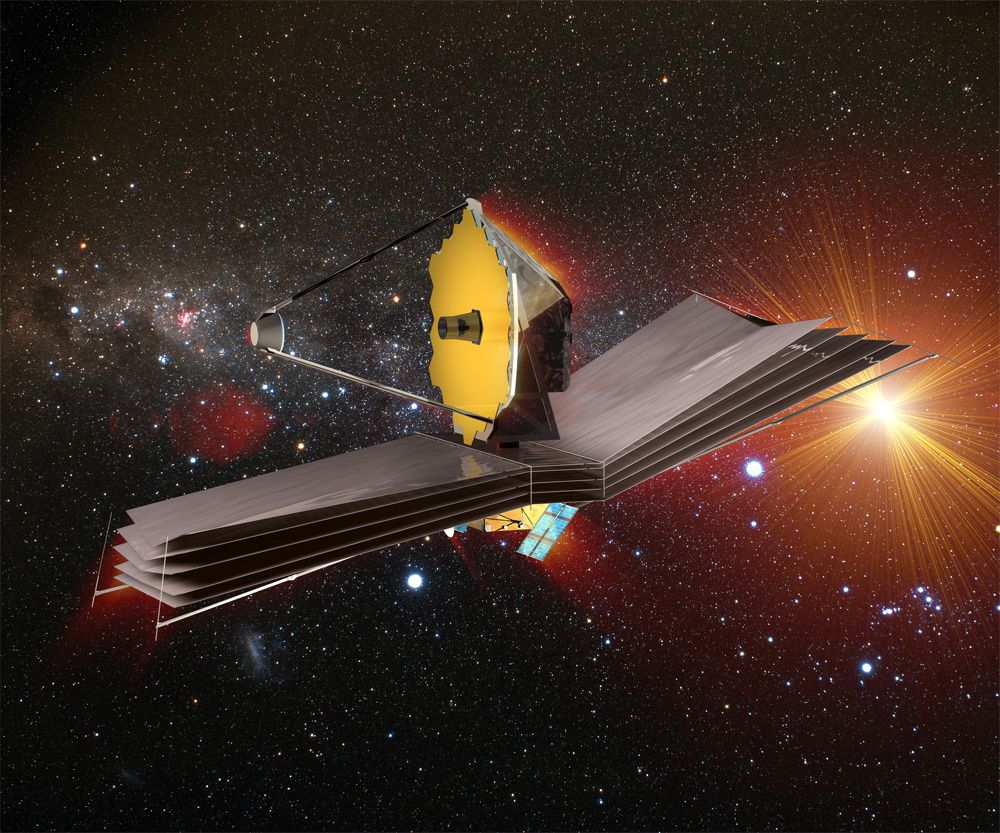
 www.space.com
www.space.com
They have announced they will be using a star near the Big Dipper to focus the mirrors labeled HD 84406. Said they will release some of the early photos and report on all functions ‘the good, the bad, and the ugly’. First photos could be a star with an accretion disk or a star with a ‘mega earth exoplanet’.
They also have released a list of first science operations called Cycle One. As they learn more about the JWST functions and study results of first science, then they will take submissions for Cycle Two.
In the link are earth based photos of the JWST in its current location taken as the sun is reflected by the sun shields. Article also has links to the list of proposed studies for Cycle One.

How NASA's James Webb Space Telescope will get ready for its first cosmic observations
Webb's instruments are being switched on as the telescope continues its commissioning.
Here is the link to operations for a Cycle One. Lists the title, the lead researcher, and the organization they work with. Most are universities both US based and international. Lots of ones from the U of Cal system. Plus, Maryland, Virginia, and Johns Hopkins. Alas, none from Penn State.
It seems as if they are doing some basic research on a wide variety of astrophysics to show the capabilities of the JWST and inspire more submissions for Cycle Two. Looking at the titles of each......I have very little idea of what each is!

It seems as if they are doing some basic research on a wide variety of astrophysics to show the capabilities of the JWST and inspire more submissions for Cycle Two. Looking at the titles of each......I have very little idea of what each is!
I hope to see an Exoplanet with cities with high tech signatures
I am serious 👽
Thats my main interest in outer space is what kinds of planets are out there. Not terribly thrilled about seeing the earliest stars, or black holes, I'd rather they focus their energy on planets. But I guess they'll find something newsworthy with Webb. I just dont know what it is.
Here ya go. This article just popped up today.Thats my main interest in outer space is what kinds of planets are out there. Not terribly thrilled about seeing the earliest stars, or black holes, I'd rather they focus their energy on planets. But I guess they'll find something newsworthy with Webb. I just dont know what it is.
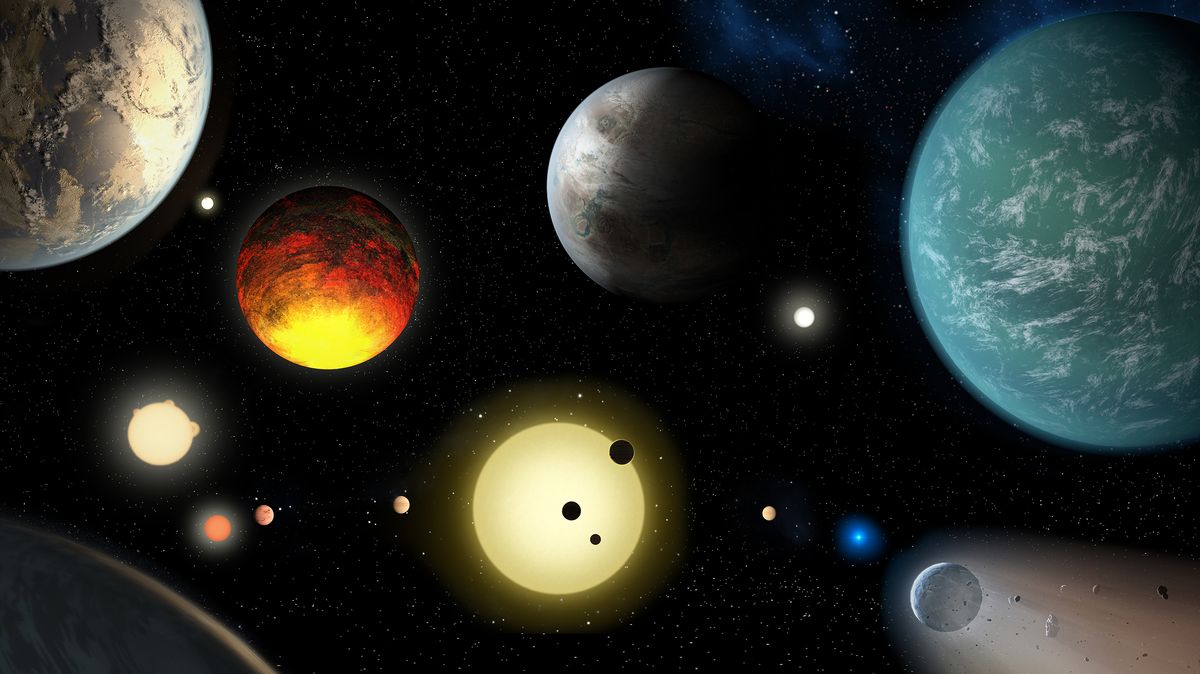
The James Webb Space Telescope will map the atmosphere of exoplanets
With the Webb telescope, it will be possible to apply the mapping methods available to us to measure the three-dimensional variation of exoplanet atmospheres.
So, with today's exoplanet weather from the NASA James Webb Telescope, here's Brittani ...Here ya go. This article just popped up today.

The James Webb Space Telescope will map the atmosphere of exoplanets
With the Webb telescope, it will be possible to apply the mapping methods available to us to measure the three-dimensional variation of exoplanet atmospheres.www.space.com

They added a cool 3D tool. Click on ‘Webb in 3D Solar System’ . You can place your finger on the screen and rotate the view of the JWST in 3D with the solar system and various stars in the background.
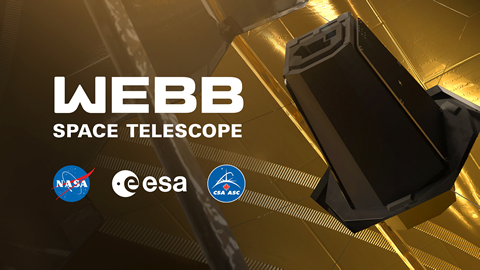

Where Is Webb? NASA/Webb
During Webb's launch, deployment and commissioning, 'WhereIsWebb' tracked Webb's 'flight' to L2 orbit, its state and progress during its deployment and commissioning process, and finally the release of its first images. This process is now complete. During this process, the page constantly...
www.jwst.nasa.gov
NASA scheduled a press conference for tomorrow, Friday Feb 11 at 11AM. They will release the first images around 10:30. Said these will be blurry shots of a star used to focus the mirrors. Will update on methods and progress. Said first good images will be in early summer.
Last edited:
So here is the first image. You can count eighteen specs of light but they are all the same star. The eighteen mirror segments are not yet aligned and this is the first step in the process. In the second photo each spec is labeled as to which mirror segment originated that spec
The scientists are very happy. The spots of light are fairly close so alignment should go well. And the light is pretty well focused, better then thought.
The JWST also took a selfie....a shot of its mirror.
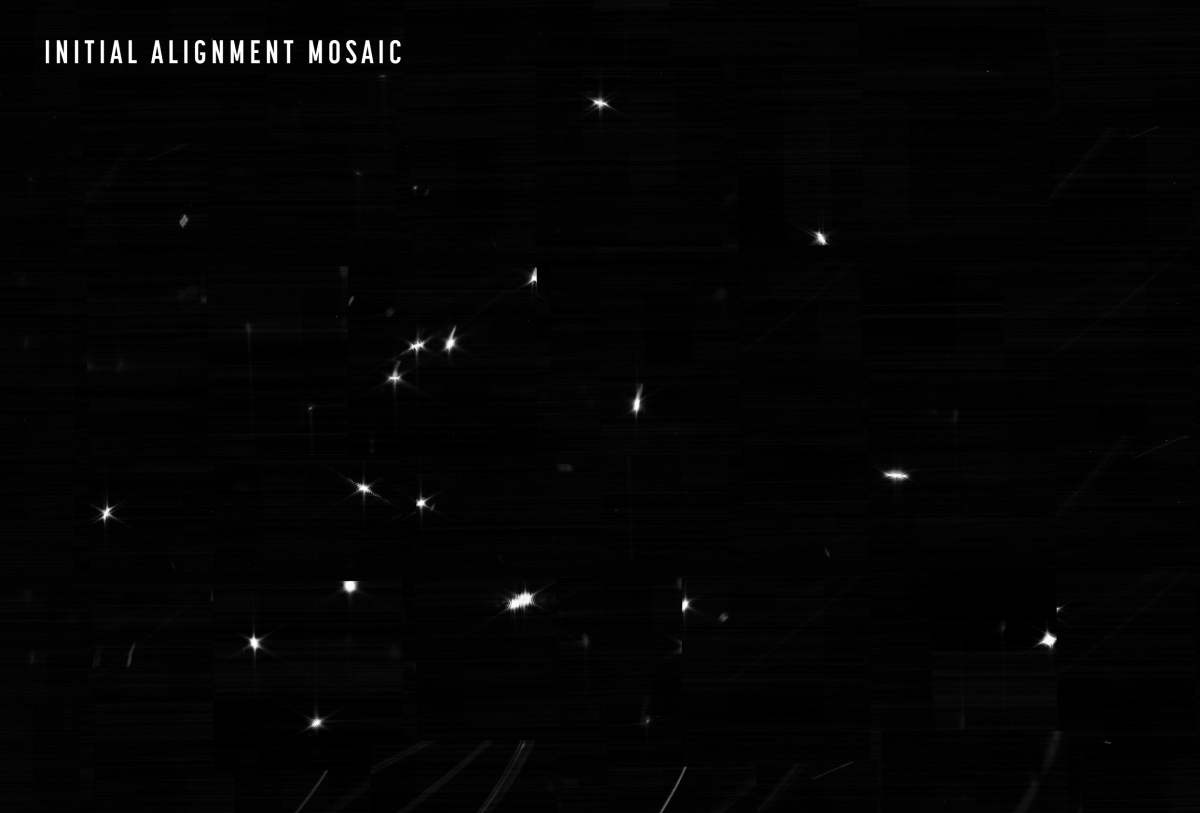
 www.space.com
www.space.com
The scientists are very happy. The spots of light are fairly close so alignment should go well. And the light is pretty well focused, better then thought.
The JWST also took a selfie....a shot of its mirror.

Behold the 1st images from NASA's James Webb Space Telescope!
They aren't the most stunning cosmic photos, but they mark a huge scientific milestone.
Is this a one time adjustment or will the mirrors need constant adjust based on the objects distance from telescope?So here is the first image. You can count eighteen specs of light but they are all the same star. The eighteen mirror segments are not yet aligned and this is the first step in the process. In the second photo each spec is labeled as to which mirror segment originated that spec
The scientists are very happy. The spots of light are fairly close so alignment should go well. And the light is pretty well focused, better then thought.
The JWST also took a selfie....a shot of its mirror.

Behold the 1st images from NASA's James Webb Space Telescope!
They aren't the most stunning cosmic photos, but they mark a huge scientific milestone.www.space.com
Good question. It will take three months to fine tune the mirrors to act as one. Ant the telescope will continue to cool requiring more fine tuning. But once it is operational will it require adjustments to refocus on object at various distances?Is this a one time adjustment or will the mirrors need constant adjust based on the objects distance from telescope?
Don’t know for sure but I would think that focusing for various distances is done by moving the secondary mirror similar to focusing your binoculars or a microscope. Maybe someone else can chime in.
They did say that once operational they will not be able to photograph the Star they are now using as it is too bright and will overwhelm the scope.
XL5? You mean...There are at least two captured Trojan ‘massy bodies’ orbiting in the L4 region. One is called 2010 TK7 and is about 300 feet across. It has a very large orbit around L4.
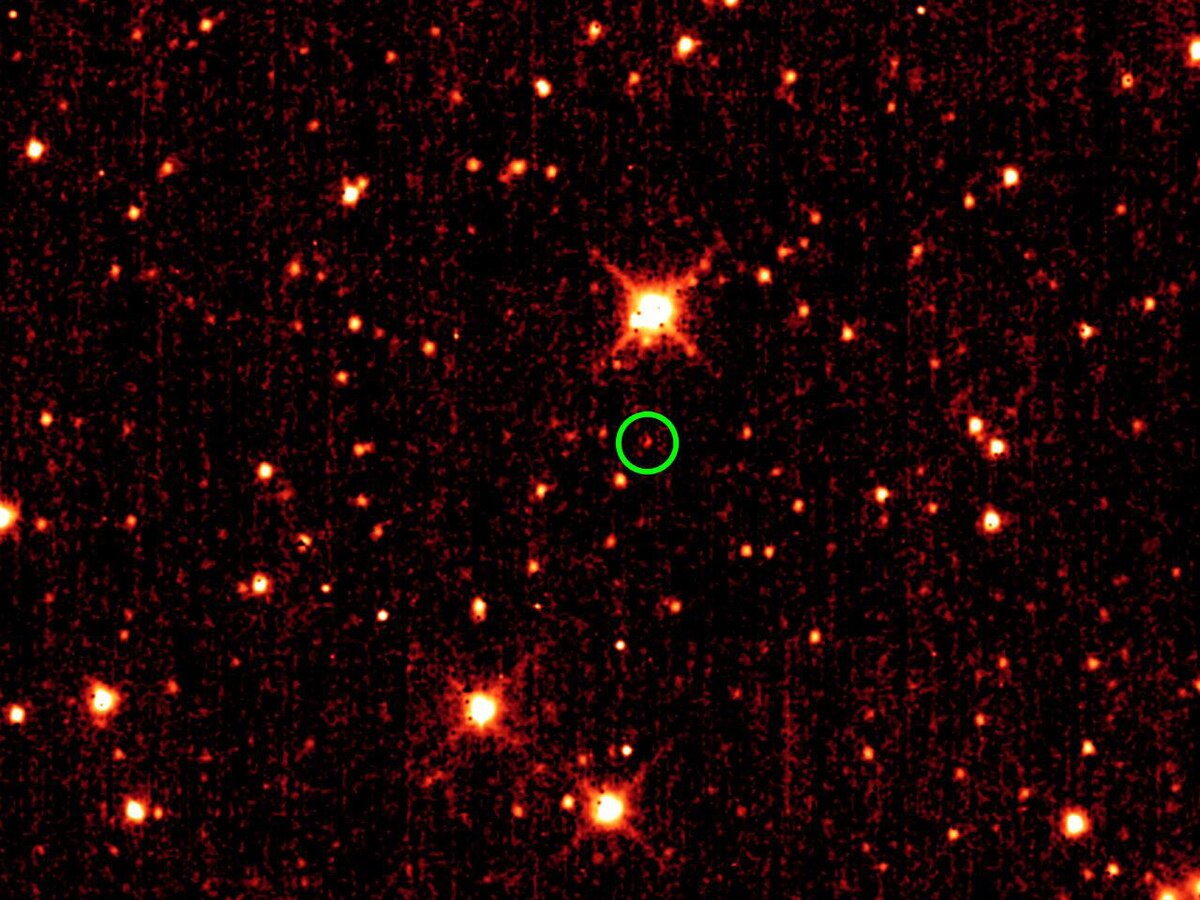
(706765) 2010 TK7 - Wikipedia
en.m.wikipedia.org
And the second is 2020 XL5. Less is known about it since it is a recent discovery. But estimates in about 10,000 years a near encounter with Venus will pull it out of its L4 orbit. Thats something we can all look forward to!
(614689) 2020 XL5 - Wikipedia
en.m.wikipedia.org
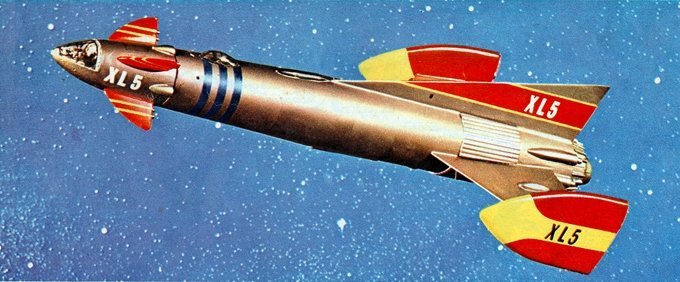
Ha! Fireball XL5. I liked that show but am a huge fan of the Thunderbirds.XL5? You mean...

Was hoping that @wkosmann would help us out on the focusing question.Good question. It will take three months to fine tune the mirrors to act as one. Ant the telescope will continue to cool requiring more fine tuning. But once it is operational will it require adjustments to refocus on object at various distances?
Don’t know for sure but I would think that focusing for various distances is done by moving the secondary mirror similar to focusing your binoculars or a microscope. Maybe someone else can chime in.
They did say that once operational they will not be able to photograph the Star they are now using as it is too bright and will overwhelm the scope.
Better ... or worse?Is this a one time adjustment or will the mirrors need constant adjust based on the objects distance from telescope?
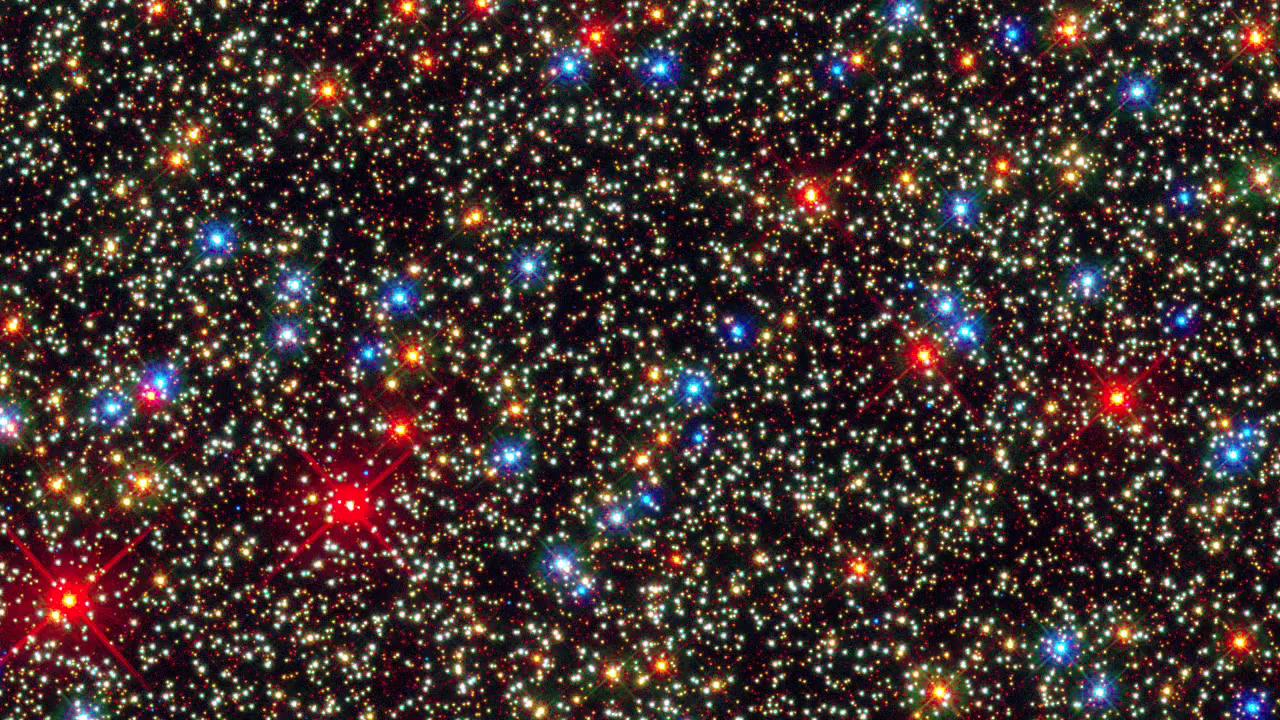
question since sort of apropos to this thread, does anybody have any friends that are flat earthers? Just found out that one of the guys that i know and have gotten to know better during Covid (as their family was like mine and didn't really lock down after the first month) is a flat earther. Fascinating to hear him talk about it and why he thinks the earth is flat.
question since sort of apropos to this thread, does anybody have any friends that are flat earthers? Just found out that one of the guys that i know and have gotten to know better during Covid (as their family was like mine and didn't really lock down after the first month) is a flat earther. Fascinating to hear him talk about it and why he thinks the earth is flat.
I'm a flat earther.
What questions do you have?
Dear TSM;Was hoping that @wkosmann would help us out on the focusing question.
I agree with your synopsis of the sequence of operations regarding the initial focusing. I would expect that any further adjustments would only be needed if the temperature of various components changed.
I would be surprised if any extra solar system objects being observed would require "focusing". For all practical purposes, all objects outside our solar system are at "infinity".
Are other planets flat? The sun? The moon?I'm a flat earther.
What questions do you have?
Are other planets flat? The sun? The moon?
Yes. That's why there's a dark side of the moon. Also explains the crescent moon.
I saw that they were going to study Jupiter and a couple of it’s moons. But looking into it more, I see they will use the near infrared camera and a spectrograph so no optical shots.Dear TSM;
I agree with your synopsis of the sequence of operations regarding the initial focusing. I would expect that any further adjustments would only be needed if the temperature of various components changed.
I would be surprised if any extra solar system objects being observed would require "focusing". For all practical purposes, all objects outside our solar system are at "infinity".
They said the star they are using to focus and align the mirrors is too bright to photograph once the satellite is fully operational as it would overwhelm the optics. That would also infer that a lot of other nearby stars and perhaps nearby galaxies are too bright to photograph.
I would assume this same issue would prevent them from taking photos of any of the planets in our solar system, even if they could focus on them.
So with brightness being a limiting factor it seems that it can only photograph objects quite far off so you are correct in that no focusing of the mirrors would be necessary.
Thanks for helping out.
Are other planets flat? The sun? The moon?
Is it worth anyone's time to respond to such dumbf*ckery as flat earth believers?
So NASA release a new photo documenting the progress made in aligning and focusing the eighteen mirror segments. First photo showed eighteen images of a single start that were randomly spread about and most pretty out of focus.
New photo shows all eighteen aligned in the same pattern as the eighteen mirror segments. And most in better focus. They are very happy with progress so far..
Oh and coldest temp recording is now -390 F.
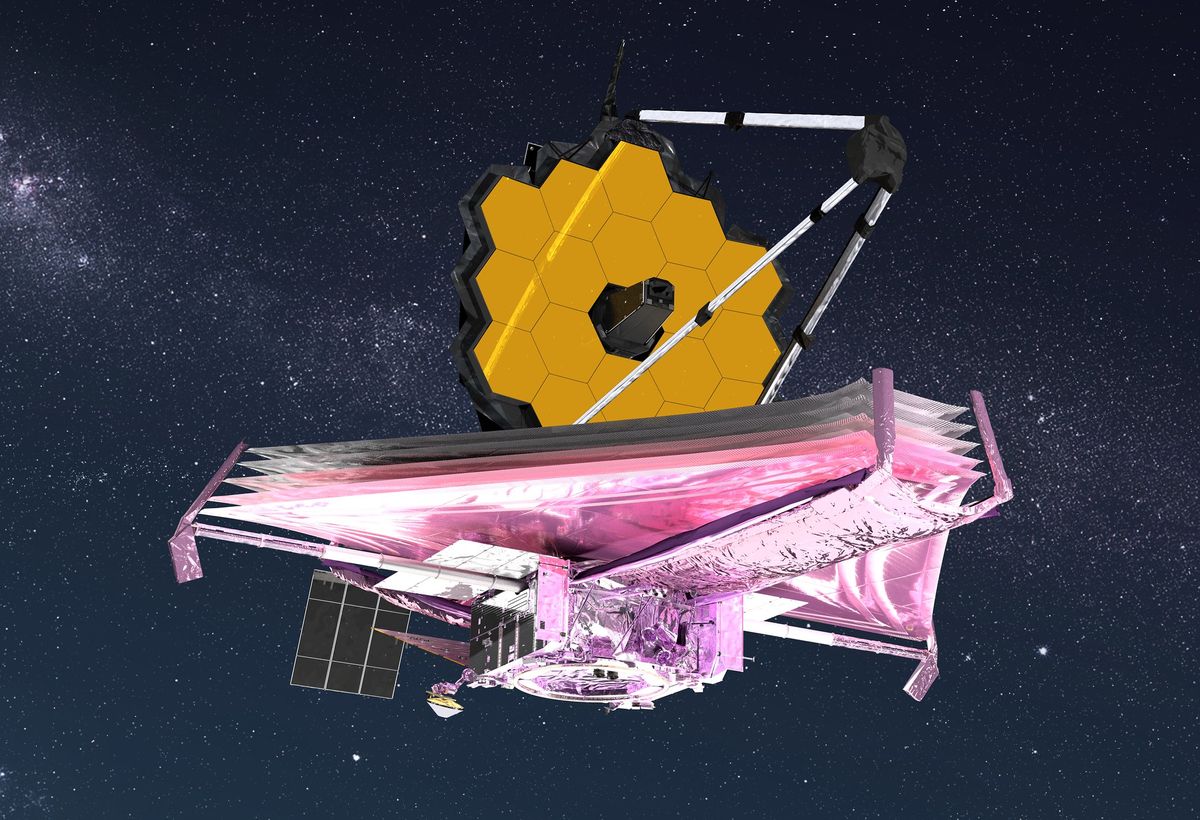
 www.space.com
www.space.com
New photo shows all eighteen aligned in the same pattern as the eighteen mirror segments. And most in better focus. They are very happy with progress so far..
Oh and coldest temp recording is now -390 F.

NASA's James Webb Space Telescope mission: Live updates
Read the latest news about NASA's James Webb Space Telescope.
ADVERTISEMENT
ADVERTISEMENT